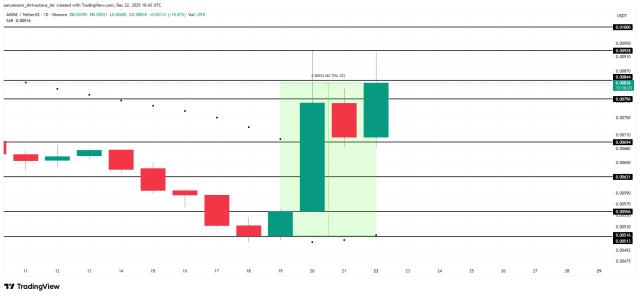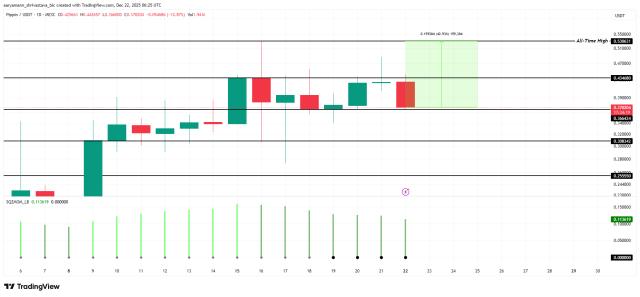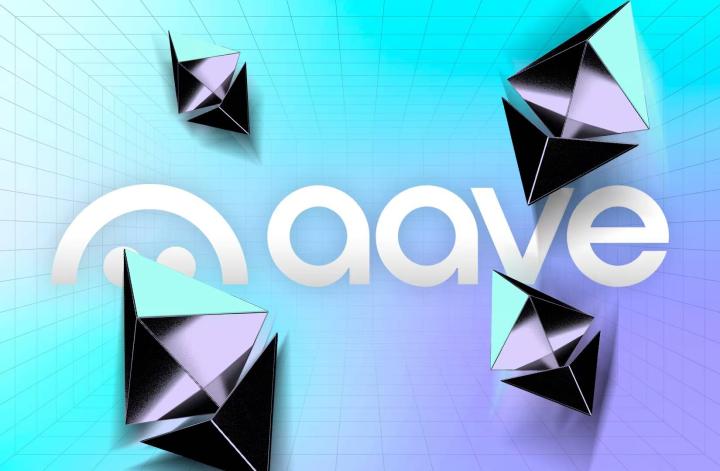The most discussed topic at this 2049 discussion was actually the Ton ecosystem. Of course, Western funds are generally not optimistic and bullish on Ton and Web2 platforms, but they have not answered the question of whether to invest or not. However, it is evident that in this difficult cycle, Ton has brought new vitality to the Altcoin market. Among the 900 million monthly active Telegram users, there are probably about 3 million real game players, and the customer acquisition cost for each Ton user is around $0.7. Subsequently, the model of Ton bringing new users from Web2 to Web3 will most likely be applied to the growth of new L1/L2 platforms, and these platforms can be expected to specifically allocate a budget to subsidize this user growth. At the same time, it can also be seen as an opportunity that after the United States completes its strategic deployment of Altcoin financial ETFs, it will begin to consider allowing technology companies' applications to access and penetrate Web3, and a one-stop user experience without awareness of the chain will become the new standard.
Over the past two years, 90% of Gamefi projects have been trading below their listing prices (compared to the valuation of the last round of VC investment). It seems that 3A games, full-chain games, and Degen game community platforms are all being abandoned by retail investors. However, Pirate Nation invested by a16z at the beginning of the year and Small Brain, which recently completed financing, still have a good community foundation. The gaming track has become exceptionally difficult, and all participants are losing confidence. Altcoin games are forcing participants to leave or make greater innovations in products and fun games in a more difficult mode. However, we are still looking for teams that have faith in the game and consensus in the Altcoin market.
About 5 years ago, when we visited the Ethereum website, we could still see a list of other L1 competitors at the bottom, openly and transparently comparing Ethereum's shortcomings or problems encountered. Now, Ethereum is stronger than ever, but how to make this network more open and diverse is a problem we urgently need to solve.
Solana's BreakPoint event was highly praised by the community! It reflects Solana's strong community cohesion and a more pragmatic pursuit of user growth and breaking out of the circle. I think Ethereum can learn from Solana in terms of understanding the core developer community and educating users.
4. Conclusion
I hereby call on more successful beneficiaries of the industry's dividends to pay more attention to the root problems currently faced by the industry, support the construction of public goods, and create a better business innovation environment for these long-term entrepreneurs. IOSG will also take the lead in setting an example, providing support from 0 to 1 for the industry's early entrepreneurs, and will continuously reflect on and iterate its investment thesis to guide entrepreneurs to think about new business models and customer acquisition methods.
At the same time, this 2049 also saw more founders from traditional AI entering Web3 entrepreneurship. Gensyn and Hyperbolic representing Computing, as well as Schelling AI representing Web2-style All-in players, and Title.xyz dedicated to Midjourney-style image/video generation models, AI+Consumer+DeFi are becoming the new tracks that industry funds are actively betting on. I hope that my peers and exchange listing teams can focus more on long-term entrepreneurs, support these talents, as they will definitely bring better use cases and growth to the industry. Stay optimistic and Move Forward positively!
To learn more about investment news, IOSG Ventures portfolio dynamics, please click on the next article.









